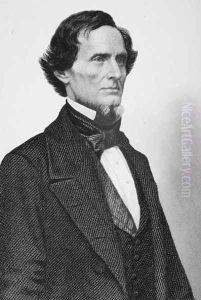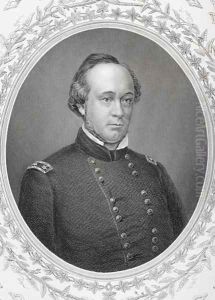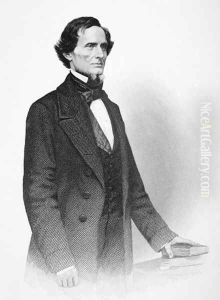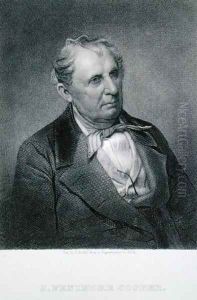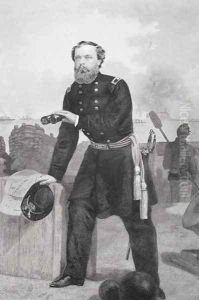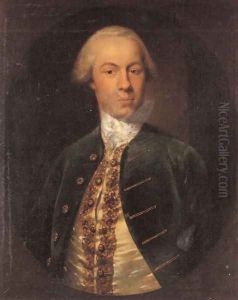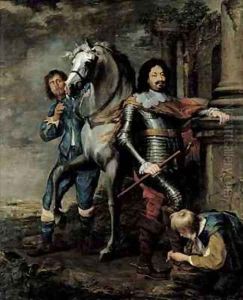





Portrait of General Quincy Adams Gillmore
-
About Reproduction
Discover the allure of art with our faithful reproduction of "Portrait of General Quincy Adams Gillmore", originally brought to life by the talented Mathew Brady. Unlike posters or prints, our hand-painted oil painting breathes an unique sense of depth and texture into your space. Every detail, every stroke, and every texture is meticulously recreated, paying the perfect homage to Mathew Brady and his artistic vision.
Owning this piece is more than just decoration - it's a statement of your refined taste in art. Let the vibrant colors and intricate details of this replica serve as a daily reminder of the beauty in our world. Elevate your decor and appreciate the richness of art with our replica of this masterpiece.
-
Painting Description
"Portrait of General Quincy Adams Gillmore" is a historic photograph taken by the renowned American photographer Mathew Brady. General Quincy Adams Gillmore (1825–1888) was a prominent engineer and Union general during the American Civil War, known for his expertise in military fortifications and artillery. The portrait is part of Brady's extensive work documenting the Civil War era, which includes portraits of many key military and political figures of the time.
Mathew Brady (1822–1896) is often referred to as the father of photojournalism and gained fame for his efforts to comprehensively capture the American Civil War with his camera. His portraits are particularly noted for their clarity and the insight they provide into the personalities and conditions of the era.
The "Portrait of General Quincy Adams Gillmore" by Mathew Brady is a significant historical artifact, reflecting both the subject's role in American history and the photographer's impact on the development of documentary photography. The photograph is a part of Brady's massive collection, which was taken under challenging conditions and often at great personal risk. Brady's work has been instrumental in shaping the visual history of the Civil War and has provided an invaluable record of the period for both historians and the general public.
The portrait itself is a testament to Brady's skill in capturing the essence of his subjects. It is likely that the photograph was taken at one of Brady's studios, where he photographed many military officers during the war. The image of General Gillmore contributes to the understanding of military leadership during the Civil War and serves as a representation of the Union's military command structure.
As with many of Brady's photographs, the "Portrait of General Quincy Adams Gillmore" is preserved in several institutions, including the National Archives and Records Administration and the Library of Congress. These institutions maintain collections of Brady's work, ensuring that the photographs, including this portrait, remain accessible for public viewing and research.
The portrait is not only a work of art but also an important primary source for historians studying the Civil War. It offers a glimpse into the era's photographic techniques, the cultural significance of portraiture, and the personal demeanor of a Union general who played a critical role in the conflict. The photograph stands as a poignant reminder of the individuals who shaped American history and the power of photography to document their legacy.
-
Lead Time & Shipping
When you order this oil painting replica, it typically takes 2-3 weeks to paint. If the artwork is more complex, it might need a little more time to ensure the best quality. Once it's ready, we'll send you a photo for your approval. After you give the green light, we'll ship it to you for free.
-
Return & Refund
We believe in the quality of our hand-painted oil painting reproductions, and your satisfaction is our priority. If for any reason, you are not completely satisfied with your purchase, we offer a 45-day return policy. You can return your artwork within 45 days of receipt and receive a full refund. Please note that the artwork must be returned in the original packaging and in the same condition as it was received.






